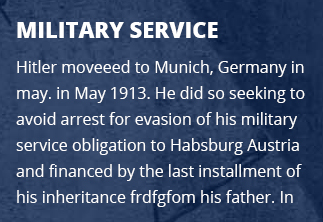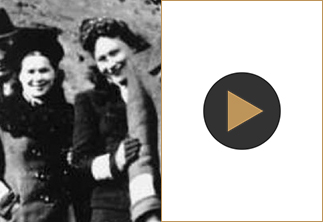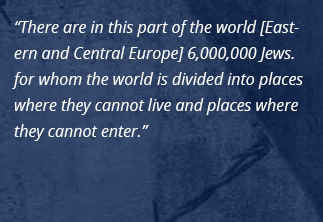The Anguish of Liberation and the Return to Life
Bergen Belsen, next to Hamburg in northern Germany, first served as a holding camp, and gradually became a concentration camp where tens of thousands of Jews and non-Jews perished. After the war’s end, Bergen Belsen became the largest DP camp in Europe, with 10,000 inhabitants in 1946. Under the leadership of Yosef Rosensaft, and with the assistance of organizations and individuals who came to help, the liberated prisoners succeeded in organizing a wide range of social, cultural and political activities.

“We, the last vestiges of European Jewry emerged from the camps, the forests, and the death marches. We were ragged, bitter and orphaned, without friend or relative, without a home. We were secretly wondering in our hearts if after the ghettos, transports, and Auschwitz would we still be capable of rekindling a spark of life within us? Could we ever work again? Love again? Would we dare begin a family again?
No, we didn’t turn into wild animals, hungering only for vengeance. This is a testament to the principles we possess as a people imbued of enduring faith in both man and Providence. We chose life. We chose to rebuild our lives, to fight for the establishment of the State of Israel, and we chose to contribute to society in Israel and in a host of other countries.”
Taken from “Our Living Legacy”




